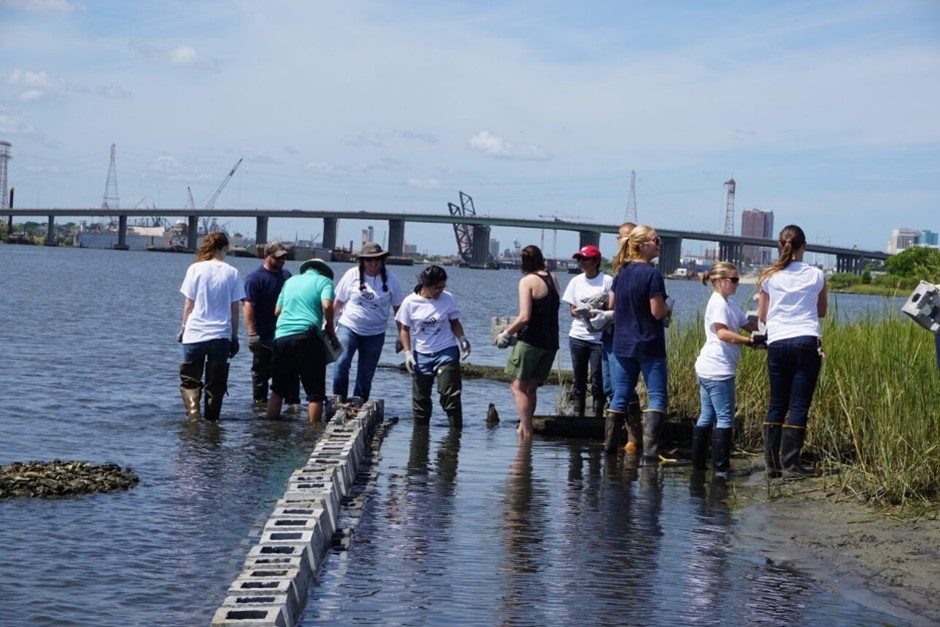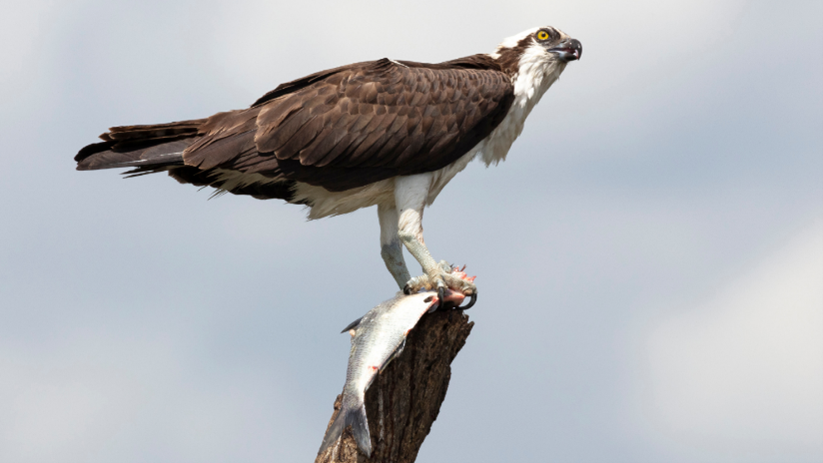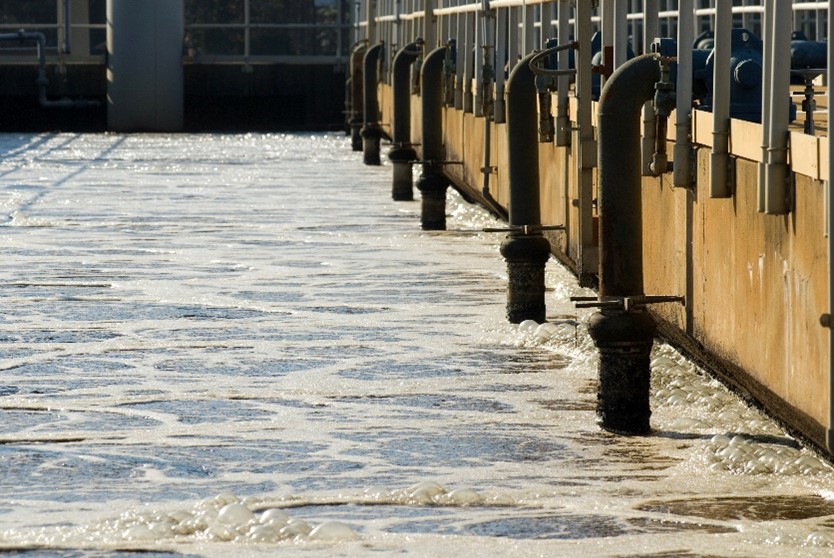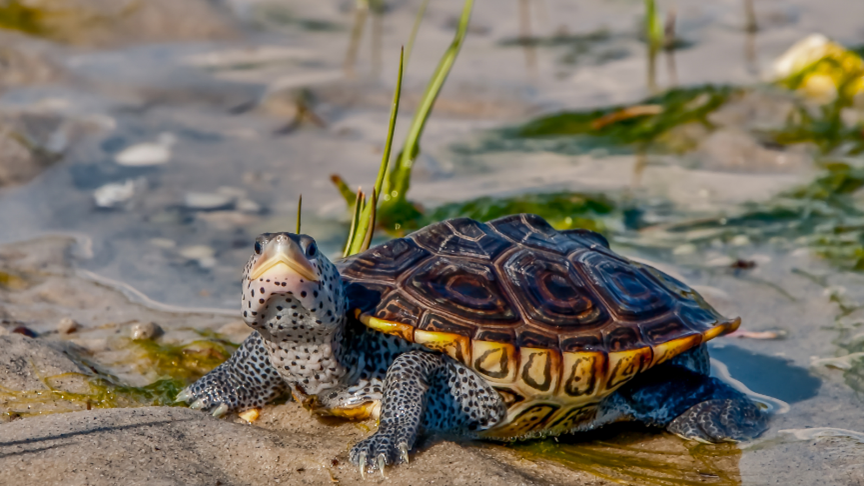Written by Brantley Bissette, HRSD Community Education and Outreach Specialist Published on September 28, 2023
The Chesapeake Bay is a Mecca for coastal wildlife, ranging from the regal Bald Eagle to the iconic blue crab. The nation’s largest estuary, the Bay serves as a critical nursery, seasonal foraging grounds, and permanent residence for a vast array of birds, fish, and other wildlife. Hampton Roads Sanitation District is committed to protecting these species by cleaning wastewater to the highest standards before returning it to the Bay and its tributaries.
In this blog, we’ll meet some of the Bay’s beloved wildlife and learn more about how HRSD helps them thrive.
1) Eastern Oyster

In spite of their unassuming appearance, oysters are one of the most important species in the Chesapeake Bay. In just 24 hours, one oyster can filter upwards of 50 gallons of seawater. At the time of Captain John Smith’s arrival, the oyster population was 100 times what it is today, and each individual oyster could grow to the size of a dinner plate and feed a family of four! Back then, this robust oyster population could filter the entirety of Chesapeake Bay in just 3 days.
Since that time, oysters have been decimated by overharvesting and the pressures of pollution from the 18 million people now living throughout the watershed. In fact, HRSD was established to treat wastewater in the 1940s after the Virginia Department of Health condemned a polluted oyster bed, the culprit being human wastewater flowing freely into the Bay’s waters. Today, HRSD’s Technical Services Division continues to monitor oyster health alongside VDH, while our Sustainable Environment Advocacy Group participates in oyster restoration programs.
2) Osprey

Although ospreys can be found in the coastal areas of every continent except Antarctica, the Chesapeake Bay hosts the most highly concentrated population of these birds anywhere in the world. Watching these birds of prey hunt is exhilarating, as they dive talons-first into the water from high above. In one of every four attempts, the osprey will successfully resurface with a fish in its talons, which is always oriented head-first to make for a more aerodynamic journey back to the nest.

Undoubtedly, water clarity is critical to the osprey’s predatory success. At our treatment plants, HRSD converts turbid, solids-laden wastewater into a highly treated and virtually clear effluent that is subsequently released into the Bay. In addition to minimizing nutrient levels in the bay, reducing sediment levels and improving turbidity will ensure a more aesthetically pleasing Bay for humans, as well as a more accommodating habitat for ospreys and other visually oriented wildlife.
3) Diamondback terrapin

Often confused for a sea turtle, the unique diamondback terrapin is a primarily brackish water-inhabiting species that is commonly found in the Chesapeake Bay’s many estuaries. Nesting along the shoreline in sandy or marshy areas, terrapins have to combat human disturbances to both land and water.
HRSD staff participate in a shoreline cleanup along the Nansemond River.
In efforts focused on the shoreline, HRSD prioritizes sustainable landscaping and architecture and contributes to shoreline cleanups and restorations throughout the region. On the water, HRSD’s Boater Education Program provides a free pump-out service to boaters in the coastal Virginia region, minimizing the dumping of waste into the terrapin’s brackish water home.
HRSD staff are passionate about our local waterways and wildlife, and are committed to a sustainable future through work centered on treating wastewater for nearly two million Virginians living along the Bay.
To learn more about how HRSD improves human and animal health in and around the Chesapeake Bay, we invite you to explore the Making Waves Blog, visit our facilities for a SWIFT Research Center or treatment plant tour, or utilize the educational materials found on our website.